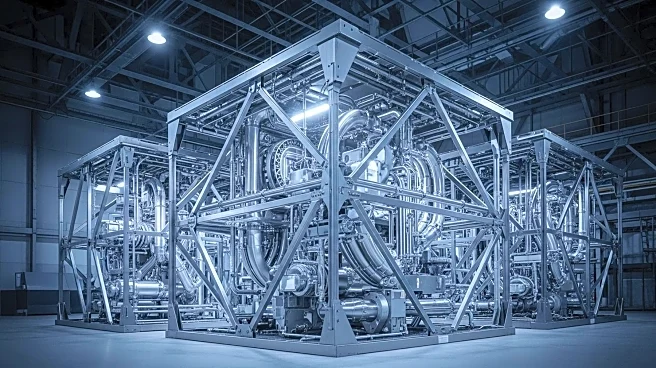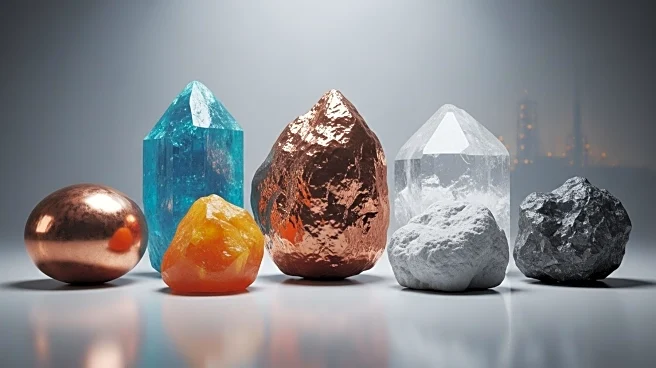What's Happening?
Graphite One has received an extension to its non-binding letter of interest from the Export-Import (EXIM) Bank of the United States, which offers up to an additional $570 million to advance the Graphite Creek Mine in Alaska. This extension brings the total funding from EXIM Bank to $895 million, following a previous grant of $325 million for the company's graphite materials facility in Ohio. The letter of intent includes a maximum repayment term of 10 years. CEO Anthony Huston emphasized that this extension supports Graphite One's strategy to establish a wholly US-based supply chain for graphite, highlighting the US government's recognition of the need to reduce dependence on foreign graphite sources. The Graphite Creek Project has been accepted onto the Federal FAST-41 Permitting Dashboard, which aims to streamline environmental review and authorization processes. Additionally, the project has secured grants from the US Department of Defense under the Defense Production Act and the Defense Logistics Agency.
Why It's Important?
The extension of funding from the EXIM Bank is significant as it underscores the strategic importance of developing domestic sources of graphite, a critical material for various industries, including electronics and renewable energy. By supporting Graphite One's efforts to create a US-based supply chain, the government is addressing national security concerns related to reliance on foreign graphite supplies. This move could bolster the US economy by fostering job creation and technological advancements in the graphite sector. Furthermore, the project's inclusion in the FAST-41 Permitting Dashboard indicates a commitment to improving regulatory processes, which could encourage further investment in domestic resource development.
What's Next?
Graphite One plans to submit a formal application to the EXIM Bank next year for both letters of intent. The bank will then conduct due diligence and underwriting processes. The company is focused on becoming a leading US producer of high-grade anode materials, which are essential for a domestic graphite supply chain. As the project progresses, stakeholders, including government agencies and industry partners, will likely monitor its impact on reducing foreign dependency and enhancing US manufacturing capabilities.
Beyond the Headlines
The development of a domestic graphite supply chain could have long-term implications for US industries reliant on this material. It may lead to increased innovation in battery technology and other applications, potentially positioning the US as a leader in sustainable energy solutions. Additionally, the project's success could serve as a model for other resource development initiatives aimed at reducing foreign dependency and strengthening national security.














